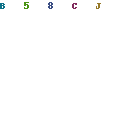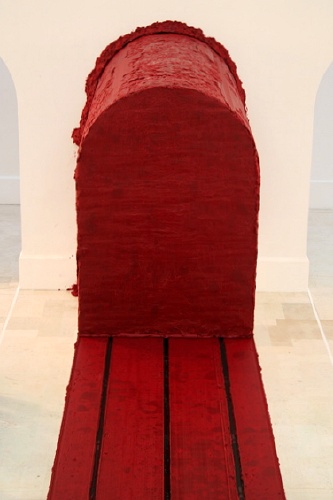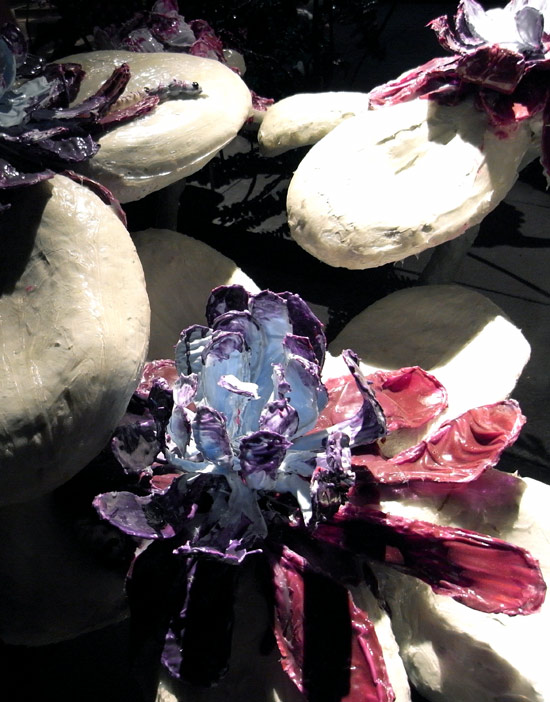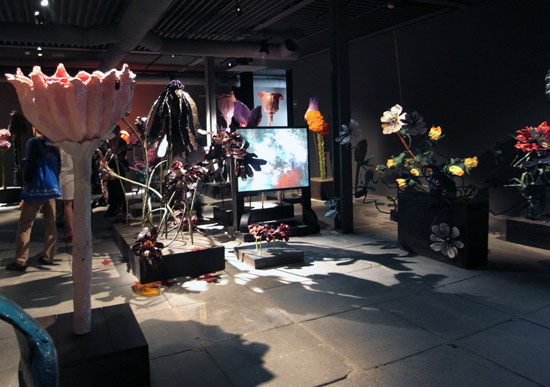Week 6 last blog for semester 2-Barbara Kruger

American conceptual/pop artistBarbara Kruger is internationally renowned for her signature black, white and red poster-style works of art that convey in-your-face messages on women's rights and issues of power. Coming out of the magazine publishing industry, Kruger knows precisely how to capture the viewer's attention with her bold and witty photomurals displayed on billboards, bus stops and public transportation as well as in major museums and galleries wordwide. She has edited books on cultural theory, including Remaking History for the Dia Foundation, and has published articles in the New York Times, Artforum, and other periodicals. Monographs on her work include Love for Sale, We Won't Play Nature to Your Culture and others. She is represented in New York by Mary Boone Gallery. A major exhibition of her work will be presented at the Museum of Contemporary Art in Los Angeles in fall 1999, and at the Whitney Museum in New York in 2000.
Research Kruger's work to find an example from the 1970s or 1980s to compare with a more recent work. How has Kruger's work changed with the developments in contemporary visual arts? Describe a recent work that moves away from the 'poster' type work of her early career.
Barbara Kruger is an American conceptual artist. Much of her work consists of black and white photographs overlaid with declarative captions—in white-on-red Futura Bold Oblique. The phrases in her works often include use of pronouns. Kruger's photographs is mainly constructed around the idea of self-identity, desire and public opinions towards ourselves, which is an on-going manipulation from the mass media.



How does the audience experience a more spatial, installation art work compared with a poster?
Everyone has there own point of view but for me a spatial or installation artwork is where people always get a sense of the whole space instead of the work itself. While for a poster, it’s more about the visual communication.
Comment on the development of her work over the last 30 years.
www.barbarakruger.com/











